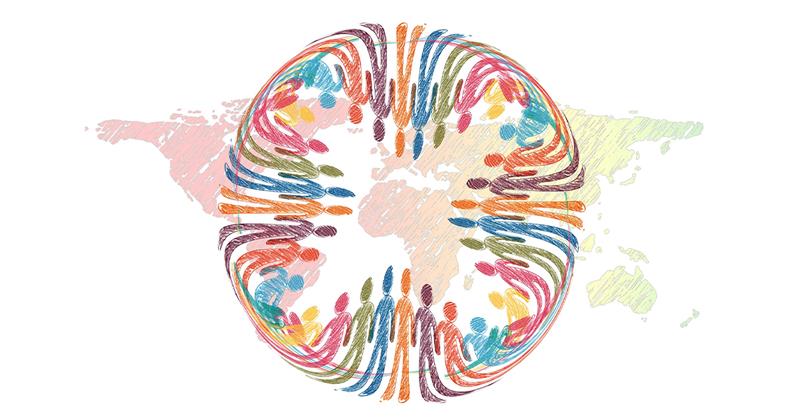What Would Beneficiary-Centered CSO Management Look Like?

Traditionally, CSOs and donors are oriented towards grant beneficiaries as recipients, rather than participants, of programs. Yet, as Lehn M. Benjamin describes in Stanford’s Social Innovation Review, when CSO management centers on participant experience, its strategies are more responsive and effective. While CSOs may not be able to control current practices because funders and policymakers specify program requirements, focusing on these issues could catalyze a corresponding shift by grant givers. Making participants central to managing nonprofits would entail:
• Participants playing strong leadership roles, including serving on the CSO board, with staff supporting them
• Donors prioritizing quality of staff and positions rather than overhead rates
• CSOs involving participants in data collection by showing them data notes, entering data together or paying participants to collect data for themselves and to share with the CSO
• Develop alternatives to volunteer practices that have negative impacts on participants such as treating volunteers better than participants and inconsistent volunteer input
• Fundraisers would design campaigns to appeal to beneficiaries, not simply to donors, and consult participants on how they would like to be portrayed
• CSOs would use design-oriented thinking to understand how the physical environment of an organization affects participants’ experiences to reduce stress and stigma experienced
• Evaluation models would reflect participants’ logic for social change
• Funders would relax the need for detailed reporting in favor of big social impact goals and relationship-building, as holding CSOs to performance targets can undermine CSO-community relations
• Funders would support CSOs collecting regular feedback from participants on their experiences, such as the orientation of new clients, to use as a basis for improvement


